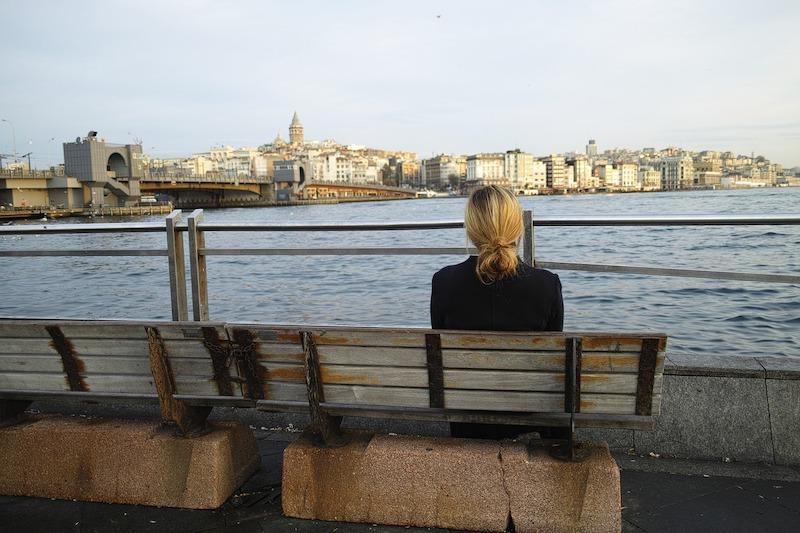
We have had many mandates over the course of the pandemic. Quite a few have seemed to make no sense then or now. These guidelines included things such as social distancing at the mandatory six-foot distances, one-way isles in the supermarkets, and plastic shields in front of a portion of the checkout line. The recommendations seemed to be based on the opinions of the “experts” and not specifically on scientific study. In my research over the past year and a half, I literally found no published, referenced studies that indicated there was valid reasoning to many of these opinions.
For instance, I found it hard to believe that we were going to avoid a virus by using hand sanitizers. The CDC itself estimated that there was a 1 in 10,000 potential chance for the transmission of Covid-19 via surface contact. Meanwhile, the hand sanitizers that were used by many are actually very toxic.
So, once again we are left with the task of trying to separate fact from fiction. That leads us to our next topic of discussion: social distancing as a method to reduce the transmission of Covid-19.
DOES SOCIAL DISTANCING REALLY WORK?
Now, after all of this time, we how have some solid research that we can use to validate or refute some of what we have been doing over the last year and a half. One such research study was published by the Department of Chemical Engineering along with the Department of Mathematics at Massachusetts Institute of Technology.
In this article I will share some of the findings of the study and their significance relative to our current and future mitigation procedures regarding this and any future similar epidemics in our country or pandemics around the world.
The researchers acknowledge that, “While tools for risk assessment have recently been developed, no safety guideline has been proposed to protect against it.” The intent of their research was to determine if “safety guidelines” could be established for “indoor airborne transmission.”
In order to accomplish this task, they built “models of airborne disease transmission.” The goal was to “impose an upper bound on the cumulative exposure time, the product of the number of occupants and their time in an enclosed space.” So, as you can see there are multiple variables in the equation of social distancing as well as being in groups together. The one-size-fits-all concept just will not work in light of the multitude of variables. A few other variables included “rates of ventilation and air filtration, dimensions of the room, breathing rate, respiratory activity, and face mask use of the occupants.”
STUDY CONCLUSIONS
Let’s cut to the chase: what did the researchers find? First, they noted, “Airborne transmission arises through the inhalation of aerosol droplets exhaled by an infected person and is now thought to be the primary transmission route of Covid-19.”
They went on to state that they would “derive a simple safety guideline for mitigating airborne transmission that would impose an upper bound on the product of the number of occupants and their time spent in the room.”
Second, they note that “transmission risk is reduced in large rooms with high air exchange rates.” Examples include shopping centers such as Walmart or a supermarket with high ceilings and a huge square-foot area.
Third, the rate of transmission is increased for more vigorous respiratory activities and dramatically reduced by the use of facemasks. (Admittedly, this last statement contradicts some of what I had noted in my last article.)
THE FUTURE
This study is the first to my knowledge to attempt to quantify the airborne transmission of Covid-19. While the jury is still out on much of what we did to attempt to mitigate the spread of the pandemic, at least we are also attempting to assess the procedures that we implemented, and we are making an effort to determine if these things were prudent and helpful or ineffective. As time goes on there will be more studies to prepare us to navigate any future events similar to what we went through with Covid-19. I trust that whatever we can learn from our mistakes will allow for more effective mitigation procedures in order to reduce the potential for a similar spreading event.
